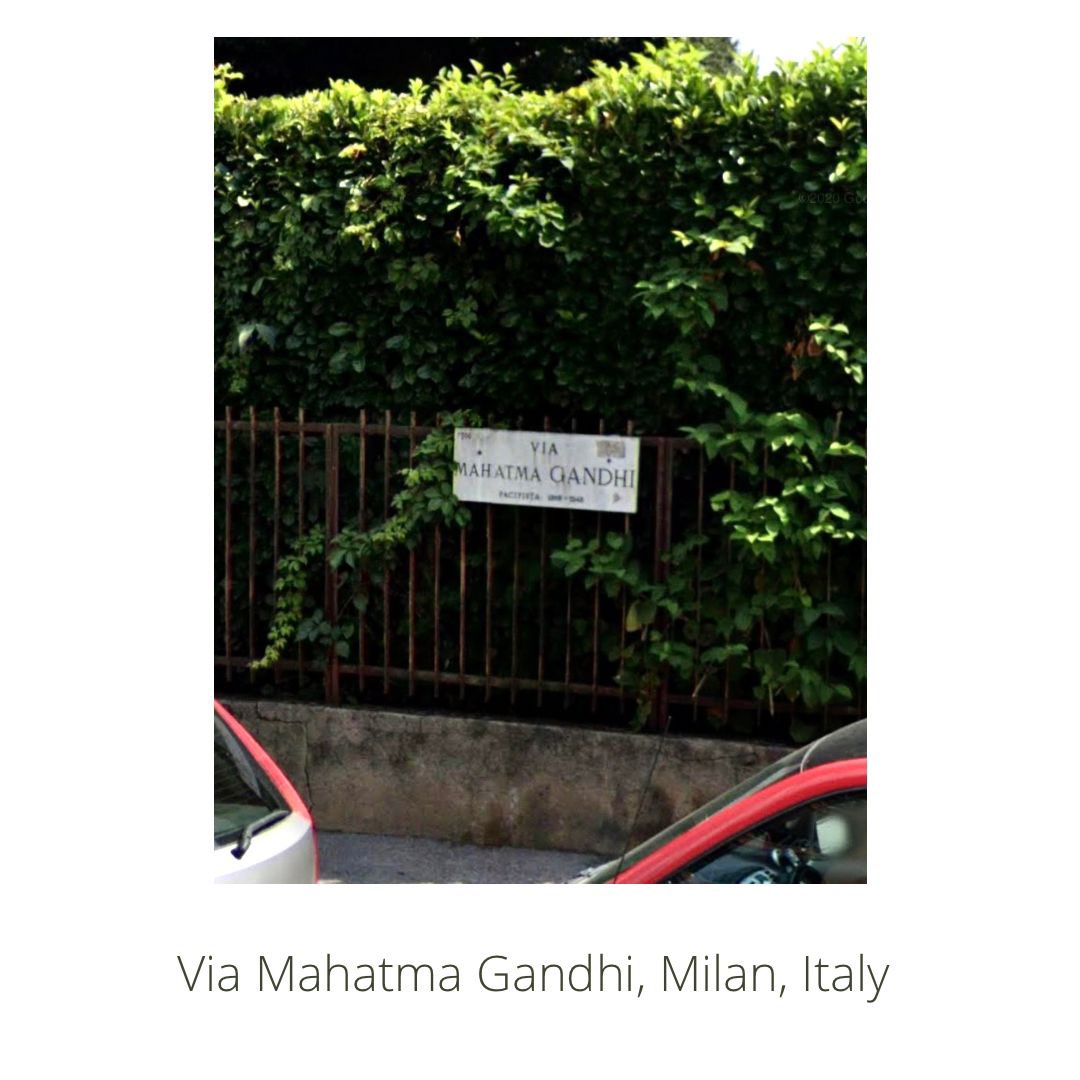
The South African who gave wings to aviation in India: The early years of Nevill Vintcent's (3rd from right with JRD Tata on his right) life seemed to suggest a tryst with the seas and not the sky (1/n) 

Born in 1902, young Nevill graduated from Royal Naval Colleges in Osborne and Dartmouth and served in the Royal Navy in the last few months of WWI. After the war however, a change of course beckoned the young man (2/n)
Nevill signed up at RAF College Cramwell and in 1922, was commissioned in the RAF seeing action in Kurdistan, Trans-Jordan, Iraq & Egypt. By 1926, he was hugely impressed and excited about the prospects of civil aviation (3/n)
That year, he quit the RAF and came to south Asia undertaking air survey work in India, Burma, Malaya & Borneo. 1928 was a landmark year for Nevill Vintcent. He, along with a fellow pilot, undertook one of the earliest long distance flights (4/n)
Flying de Havilland DH.9s, the pair arrived safely from England to India. Vintcent took up residence in India and in 1929, made the acquaintance of J.R.D Tata in whom he found a kindred spirit who also saw a bright future for civil aviation (5/n) 

In the coming years, the two men worked closely to set up civil aviation in the Indian sub-continent and their efforts bore fruit in 1932 when Imperial Airlines awarded Tata Sons the contract to carry mail (6/n)
The aviation wing of #TataSons was set up with two aircrafts: a de Havilland Puss Moth and a de Havilland Leopard Moth. On 8-Oct, 1932, an Imperial Airlines flight flew from London for Karachi (7/n) 

JRD Tata, flying the Puss Moth, flew the mail from Karachi to Bombay on 15-Oct marking the 1st civil flight handled by an Indian entity. At Bombay, Vintcent took over and flew the Bombay-Madras leg the next day (8/n) 

In 1935, Vintcent flew the first passenger craft, a 2-seater de Havilland Fox Moth from Bombay to Calcutta with stops at Nagpur & Jamshedpur. In 1938, he was awarded an OBE for his pioneering work in setting up civil aviation in India (9/n) 

By 1939, with war clouds on the horizon, Nevill Vintcent had correctly sensed the importance of setting up an aircraft manufacturing unit in the sub-continent. He visited UK & USA to secure technological support for said enterprise (10/n)
Unfortunately, with shipping becoming a challenge due to WWII, his plans stuttered. In 1941, he was called to UK and secured a contract for construction of troop-carrying gliders in India. He selected Poona as the spot for the factory (11/n)
To expedite his return, arrangements were made to secure Vintcent a seat on a RAF Hudson flying to India. On 29 Jan, 1942, Vintcent's aircraft took off from the Cornish coast and was never seen again (12/n)
It was believed to have been shot down over the English channel by German fighters - a premature & tragic end for a man with exemplary vision and foresight. JRD Tata paid tribute to his fallen friend with these lines: (13/n)
"[Nevill Vintcent], that gallant and immensely able man, who conceived the [Tata Airlines] project and managed it with zest and efficiency, until he was shot down over the Atlantic ten years later, on a dangerous flight back to India.’ (14/n)
Acknowledgement & Thanks: scroll.in/article/100754…
Cover picture: scroll.in
Additional images: bluegrassairlines.com, HT Media & Alan Wilson
Cover picture: scroll.in
Additional images: bluegrassairlines.com, HT Media & Alan Wilson
• • •
Missing some Tweet in this thread? You can try to
force a refresh














